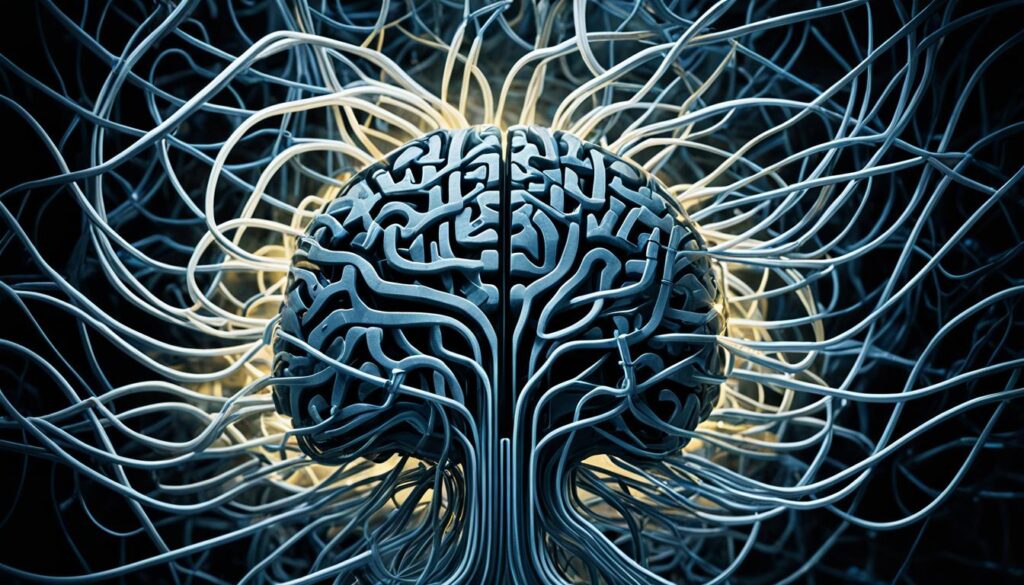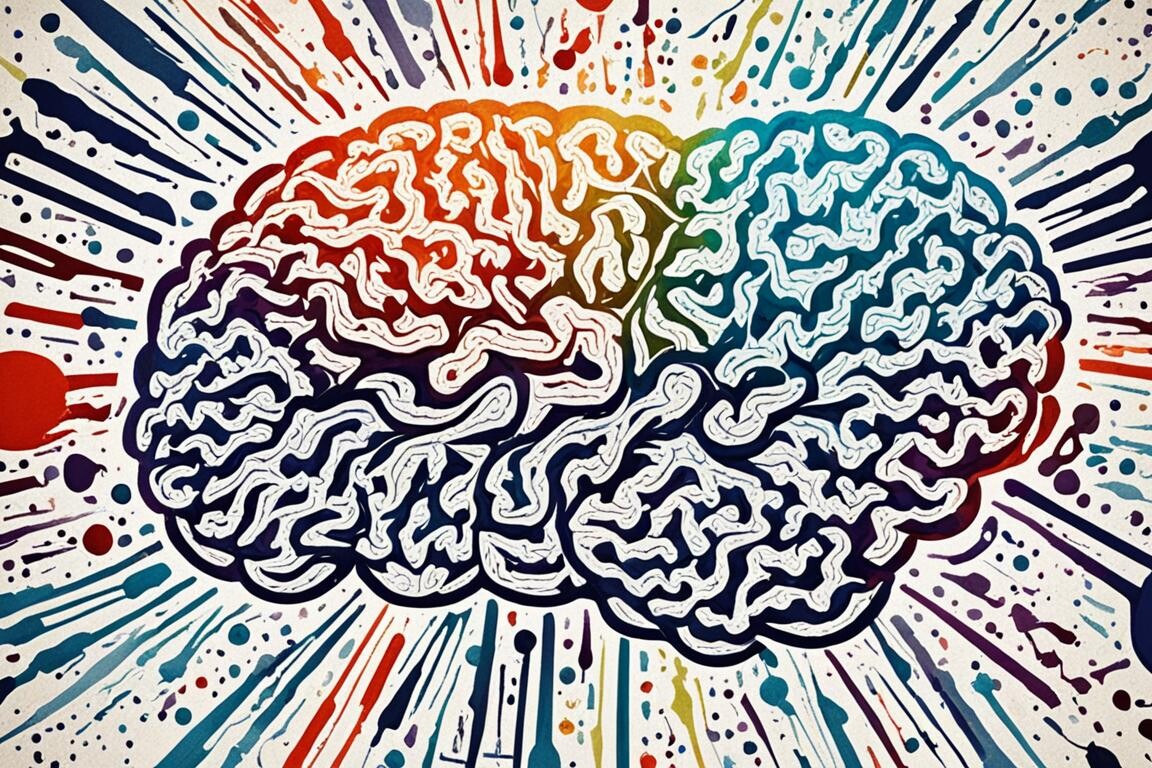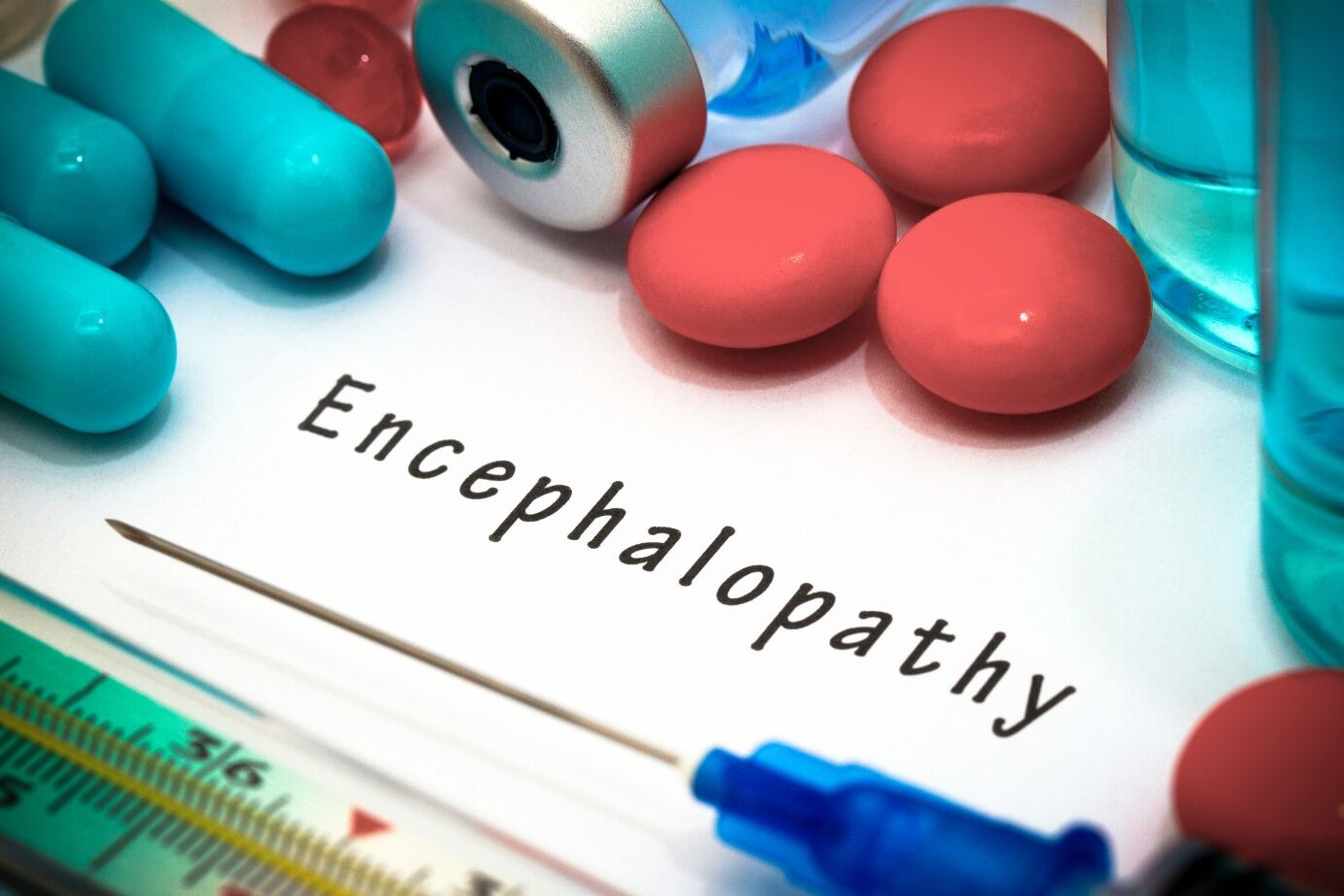Cerebral traumatic encephalopathy (CTE) is characterized by the progressive buildup of a protein called tau in the brain, leading to damage in various areas. The exact cause of CTE is still unknown, but it is believed to be associated with repeated head injuries. Symptoms may not manifest until years or even decades after the last brain injury.
In this guide, we will explore the causes, progression, and symptoms of cerebral traumatic encephalopathy. We will also discuss coping strategies and management techniques to help you navigate life with CTE.
By understanding the impact of CTE and implementing appropriate coping strategies, you can improve your quality of life and overall well-being. Let’s dive into this guide to learn more about this condition and how to effectively manage it.
Table of Contents
ToggleCauses and Progression of Cerebral Traumatic Encephalopathy
The exact causes of CTE are not fully understood, but research suggests that repeated head injuries, including concussions and traumatic brain injury, can contribute to its development. These injuries disrupt the normal functioning of the brain and trigger a cascade of events that lead to the formation and accumulation of tau protein.
Tau protein is a crucial component of nerve cells, providing structural support and aiding in the transport of nutrients and other essential substances. In CTE, tau proteins become abnormally phosphorylated, causing them to clump together and form tangles. These tangles disrupt the normal communication between brain cells, leading to their dysfunction and eventual death.

The progression of CTE varies from person to person. Initially, the tau protein buildup is localized in specific regions of the brain. However, over time, the accumulation spreads, affecting larger areas and causing shrinkage in those regions. This progressive damage can result in a range of cognitive, emotional, and behavioral symptoms.
Risk Factors for CTE
| Factors | Description |
|---|---|
| Repetitive Head Injuries | Multiple concussions or traumatic brain injuries increase the risk of developing CTE. |
| Duration of Exposure | Long-term participation in contact sports or military combat can elevate the risk of developing CTE. |
| Genetics | Although not fully understood, certain genetic factors may make individuals more susceptible to CTE. |
| Age of First Exposure | Early exposure to head injuries, especially before the brain is fully developed, may increase the likelihood of developing CTE. |
It is important to note that not everyone who experiences head injuries will develop CTE. The exact interplay between genetic, environmental, and individual factors that contribute to the development and progression of CTE is still being explored.
Symptoms of Cerebral Traumatic Encephalopathy
CTE, also known as cerebral traumatic encephalopathy, can present with various symptoms that can impact an individual’s daily life. Common CTE symptoms include:
- Memory loss
- Difficulty concentrating
- Behavioral changes
- Personality changes
- Speech difficulties
In the early stages of CTE, these symptoms may be mild and go unnoticed by both the affected person and their family. These early symptoms can include:
- Mild memory loss
- Headaches
- Irritability
- Slurred speech
- Unsteadiness when walking
As CTE progresses, the symptoms may worsen, affecting various aspects of a person’s life:
- Memory problems intensify, making it difficult to recall recent events or information.
- Mood swings and behavioral changes become more apparent, leading to increased irritability, impulsivity, and aggression.
- Difficulties with speech and language develop, resulting in slurred speech or difficulty finding the right words.
- Depression, anxiety, and social difficulties become more prevalent.
- Balance and coordination may deteriorate, increasing the risk of falls and accidents.
Understanding these symptoms is crucial in recognizing the presence of CTE and seeking appropriate medical support. If you or someone you know experience any of these symptoms, consult with a healthcare professional for a proper evaluation and guidance.

Managing Cerebral Traumatic Encephalopathy
Currently, there is no cure for CTE. However, you can work with healthcare providers to manage your symptoms and improve your quality of life. Treatment options may include medications to address specific symptoms such as depression or anxiety.
Cognitive rehabilitation and therapy can help you cope with memory and thinking difficulties. These interventions focus on improving cognitive function, memory retention, and problem-solving skills.
Lifestyle adaptations play a crucial role in managing CTE. Here are some lifestyle changes that can be beneficial:
- Maintain a regular sleep schedule: Getting enough restful sleep is essential for brain health and overall well-being. Aim for 7-9 hours of sleep per night and establish a consistent bedtime routine.
- Engage in regular exercise: Physical activity has numerous benefits for brain health. Regular exercise can improve blood flow to the brain, promote the growth of new neurons, and enhance cognitive function.
- Avoid activities that may cause additional head injuries: Minimize participation in activities with a high risk of head injuries, such as contact sports or activities with a high probability of falls. Protect your head by wearing appropriate safety gear, such as helmets.
Creating a supportive network of family and friends is crucial when managing the challenges of living with CTE. Seek emotional support from loved ones who can provide understanding and encouragement throughout your journey. Joining support groups or attending counseling sessions can also help you navigate the emotional impact of CTE.
Remember, managing CTE requires a comprehensive approach that includes medical support, lifestyle adaptations, and emotional well-being. By implementing these strategies, you can optimize your quality of life and cultivate resilience in the face of this condition.

Conclusion
Cerebral traumatic encephalopathy (CTE) is a complex condition with a profound impact on the lives of those affected. While there is ongoing research into the exact causes and progression of CTE, raising awareness about the condition and its potential risk factors is crucial. Understanding the symptoms and seeking appropriate medical support are important steps for individuals with CTE to manage their symptoms and receive the necessary support.
Coping strategies play a vital role in enhancing the quality of life and well-being of individuals with CTE. Implementing lifestyle adaptations, such as maintaining a regular sleep schedule and engaging in regular exercise, can help manage the symptoms of CTE. Additionally, avoiding activities that may cause additional head injuries is essential to reduce the risk of further damage.
Open and honest conversations about future care preferences are crucial for individuals with CTE and their loved ones. By discussing and planning for future needs, individuals can ensure they receive the necessary support and care as the condition progresses. Creating a strong network of family and friends, as well as seeking emotional support, can provide invaluable assistance in coping with the challenges of living with CTE.
FAQ
What is cerebral traumatic encephalopathy (CTE)?
Cerebral traumatic encephalopathy is a condition that can result from head injuries, particularly in athletes involved in contact sports like boxing or football and combat veterans. It is characterized by the progressive buildup of a protein called tau in the brain, leading to damage in various areas.
What are the causes of CTE?
The exact causes of CTE are not fully understood, but research suggests that repeated head injuries, including concussions and traumatic brain injury, can contribute to its development.
What are the symptoms of CTE?
Common symptoms of CTE include issues with memory, concentration, behavior, personality changes, and speech difficulties. Early symptoms may be mild and go unnoticed, but as the disease progresses, memory, mood, behavior, and speech problems may worsen.
Can CTE be cured?
Currently, there is no cure for CTE. However, individuals with CTE can work with healthcare providers to manage their symptoms and improve their quality of life.
How can CTE be managed?
Treatment options for managing CTE may include medications to address specific symptoms, cognitive rehabilitation and therapy, and lifestyle adaptations such as maintaining regular sleep and exercise routines, and avoiding activities that may cause additional head injuries.
Source Links
About The Author

This article is medically reviewed by Dr. Chandril Chugh, Board-Certified Neurologist, providing expert insights and reliable health information.
Dr. Chandril Chugh is a U.S.-trained neurologist with over a decade of experience. Known for his compassionate care, he specializes in treating neurological conditions such as migraines, epilepsy, and Parkinson’s disease. Dr. Chugh is highly regarded for his patient-centered approach and dedication to providing personalized care.
→ Book a consultation to discover which remedies suit your needs best.




